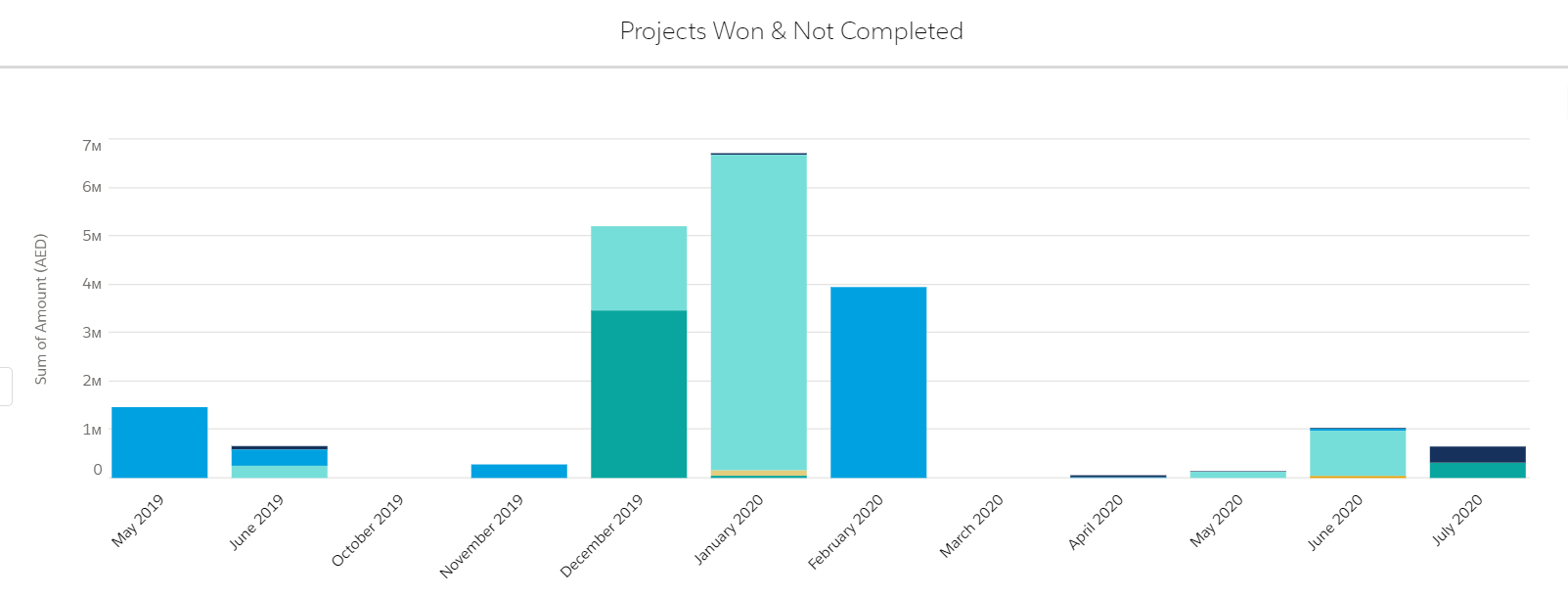Details
When to rob a bank?
20 Jul 2020I have to admit, dropping into a bookstore and flicking through pages of a book does have a sense of fulfillment especially when I walk out with one that jumps out at you. As you can imagine it’s extremely difficult to skip a book with the title “When to rob a bank” - A rogue economist's guide to the world. Having graduated in economics I never imagined a book on it could even be mildly entertaining. This one however did surprise me.
The fascination with the book stems from SDL (Steven D.Levitt) & SJD’s (Stephen J. Dubner) ability to use research and probability theory to look at the world’s most peculiar topics like the best day to rob a bank. The answer unfortunately is “Never”, however Fridays are the most popular days statistically for bank robberies in case you were curious.
What does surprise me however are the number of leaders that don’t use statistics as a part of their decision making process. The current pandemic that surrounds us is a clear example of using statistics to understand the rate of spread, mortality and demographic. Numbers can be intimidating, but you can take solace in the chinese proverb, “The best time to plant a tree was 20 years ago. The second best time is now.”
Five Dials are a strategy we use to gauge the health of our company. A system I adopted from Strategic Coach many years ago. The principal is simple; a dial is similar to an odometer in your car. It tells you one metric of the car's performance. Now identify 5 dials that give you a holistic view of your business.
An example of our business’s five dials would be:
- Sales
- Marketing
- Finance
- Operations
- Design
The five categories above give me a real time view of the business at all times. If one of these dials is underperforming you can dive deeper to look at the next tier of dials to see if you are able to bring it back to green.
For example our Operations dial monitors ‘Projects Won & Not Completed’ The dial shows in the form of a graph - Considering a sales cycle of a Project is between 4 - 6 months. Any project before February 2020 still showing on the graph below would be red flagged for discussion

The red flags directly affect Cash Flow for the business and a possible problem with the project. Keeping an eye on this dial on a weekly basis avoids an operational + financial nightmare in the weeks ahead.
Another example could be your Marketing dial. This could be split into Physical & Digital assets:

If your web traffic has dropped below the quarterly average, it’s important to take a look at your content, ad campaigns and the next level down in your marketing dials to address this concern.
Once you identify the dials that are relevant for your company and have people accountable to keeping these dials in the green, these simple steps can help course correct in the toughest of times!
A 2019 Deloitte survey of U.S. executives found that most – 63% – do not believe their companies are analytics-driven and 67% say they are not comfortable accessing or using data from their tools and resources.
Another survey with NewVantage Partners survey of large U.S. firms, for example, found that only 31% of companies say they are data-driven, a figure that has declined from 37% in 2017. In 2019, more than three quarters reported that business adoption of big data and AI initiatives remains a major challenge. But 95% of them said that cultural, organizational, and process challenges presented the biggest roadblocks to adoption.
Driving a data driven culture is not simple especially when “going with your gut” remains a common theme among SME’s. It’s important to have multiple champions across departments to truly shift your business past your competitors.
Refrence:
- Thomas H. Davenport & Nitin Mittal, How CEOs Can Lead a Data-Driven Culture, Harvard Business Review.




